Advertisements
Advertisements
प्रश्न
From the following figure find;
- x
- ∠ABC
- ∠ACD
उत्तर
(i) In Quadrilateral ABCD,
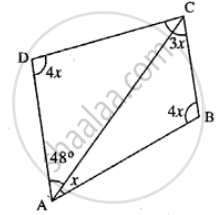
x + 4x + 3x + 4x + 48° = 360°
12x = 360° – 48°
12x = 312
x = `312/12` = 26°
(ii) ∠ABC = 4x
4 × 26 = 104°
(iii) ∠ACD = 180° − 4x − 48°
= 180° − 4 × 26° − 48°
= 180° − 104° − 48°
= 180° − 152° = 28°
APPEARS IN
संबंधित प्रश्न
The perimeter of a parallelogram is 22 cm . If the longer side measures 6.5 cm what is the measure of the shorter side?
In a quadrilateral, define of the following Sides.
In a quadrilateral, define of the following Exterior .
Complete of the following, so as to make a true statement:
The number of pairs of opposite angles of a quadrilateral is .......
Complete of the following, so as to make a true statement:
A diagonal of a quadrilateral is a line segment that joins two ...... vertices of the quadrilateral.
Complete of the following, so as to make a true statement:
The sum of the angles of a quiadrilateral is .... right angles.
Complete of the following, so as to make a true statement:
The measure of each angle of a convex quadrilateral is ..... 180°.
In Fig. 16.19, ABCD is a quadrilateral.
How many pairs of opposite sides are there?

A quadrilateral has three acute angles each measures 80°. What is the measure of the fourth angle?
The four angles of a quadrilateral are as 3 : 5 : 7 : 9. Find the angles.
In a convex hexagon, prove that the sum of all interior angle is equal to twice the sum of its exterior angles formed by producing the sides in the same order.
Determine the number of sides of a polygon whose exterior and interior angles are in the ratio 1 : 5.
PQRSTU is a regular hexagon. Determine each angle of ΔPQT.
If the bisectors of two adjacent angles A and B of a quadrilateral ABCD intersect at a point O such that ∠C + ∠D = k ∠AOB, then find the value of k.
Which of the following quadrilateral is not a rhombus?
In the given figure : ∠b = 2a + 15 and ∠c = 3a + 5; find the values of b and c.
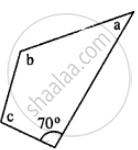
The following figure shows a quadrilateral in which sides AB and DC are parallel. If ∠A : ∠D = 4 : 5, ∠B = (3x – 15)° and ∠C = (4x + 20)°, find each angle of the quadrilateral ABCD.
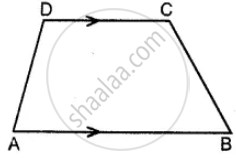
Write, giving reason, the name of the figure drawn alongside. Under what condition will this figure be a square.
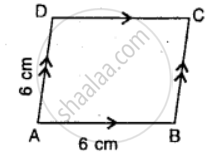
The angles of a hexagon are (2x + 5)°, (3x - 5)°, (x + 40)°, (2x + 20)°, (2x + 25)° and (2x + 35)°. Find the value of x.
Which of the following is not true for a parallelogram?
Measures of the two angles between hour and minute hands of a clock at 9 O’ clock are ______.
If the sum of two angles is greater than 180°, then which of the following is not possible for the two angles?
The number of right angles in a straight angle is ______ and that in a complete angle is ______.
Using the information given, name the right angles in part of figure:
AC ⊥ BD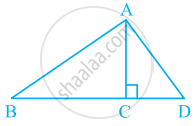
Draw a rough sketch of a quadrilateral KLMN. State two pairs of adjacent sides.
